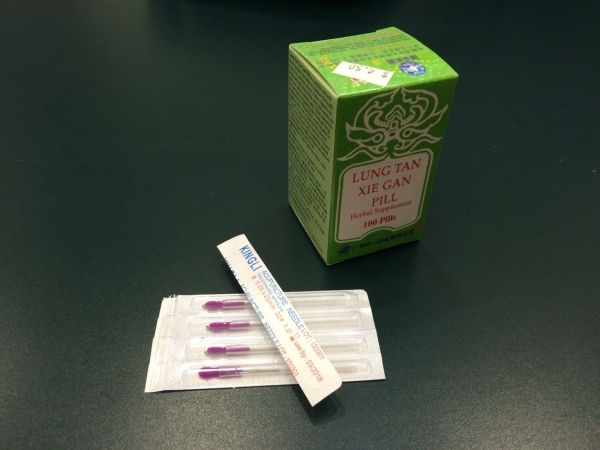Pricey shingles vaccine can save people pain later
When it comes to shingles, nearly one out of every three Americans will develop the disease, according to the Centers for Disease Control and Prevention. There are an estimated 1 million cases of shingles, also known as herpes zoster, each year in the United States.
Soledad Kamzan, 85, had chickenpox as a child and now has shingles. Her latest episode began in August with non-specific, flu-like symptoms. Within two weeks, she developed blisters on her right hip with others around back. She said the blisters would weep fluid.
"It's very painful," she said. "It's bad. It makes me flinch."
On Sept. 15, Dr. Kyo Mitchell, an alternative medicine practitioner, spoke to Sun City Summerlin residents about the prevention and treatment of shingles.
"Prevention is worth a pound of cure," Mitchell said. "The shingles shot is actually one of the better things out there to do."
The cost of the shingles shot runs about $200 for the uninsured, causing some people to forgo getting it. Mitchell said it was money well-spent.
"Think of it as cost and benefit," he said. "If you realize how painful shingles can be and that you can develop severe nerve pain for years afterwards, the question is, 'What's it worth to you?' "
He said to develop shingles, one must have been exposed to the varicella virus, the one that causes chickenpox. The body can keep the virus under control for years, forcing it to hibernate, in effect, but if one's immune system is compromised, such as if you have steroid shots, the disease can come out of dormant status. When it does, it follows the nerve dermatomes (trajectories of a specific nerve off the spine) and causes inflammation.
"It's irritating the nerve, and this is the pain and the scabs you'll see," Mitchell said. "It can be very painful. ... It makes the nerve hypersensitive. Even a light touch, even if you wear light, loose clothes, if it (brushes against) the skin, it can be very painful."
He explained how the immune system has two parts, innate and adaptive. The former recognizes anything in the body that is foreign to it and attacks it. But it is not an efficient system. The body makes only a limited number and so it takes a while to address issues. The latter, the adaptive system, develops antibodies and patrols the body. They take 10 to 14 days to dominate the virus. Some of them are memory cells that were exposed to the chickenpox and "remember" that particular microorganism. They "turn on" and specifically attack the virus.
Not everyone's body works at optimal levels. The person could have some underlying disease. They could be on medications, such as anti-inflammatory products, that affect their ability to fight the virus. Another culprit is stress.
"If you're in pain, this is stress. Diabetes, this is stress," Mitchell said. "Improper nutrition, this is stress. Lack of circulation, this is stress."
He said it was important to get proper nutrition.
"Give the body what it needs — good food, rest, exercise," Mitchell said. "... Anybody read food labels lately? All those chemicals that they list — you think those don't affect your body?"
The doctor warned that some people will experience postherpetic neuralgia (PHN). People with PHN have severe pain in the areas where their shingles rash appeared, even after the rash clears up. The pain from PHN may be severe and debilitating, taking weeks or months to resolve. Some people can have pain from PHN for years.
Modern medicine wasn't the only way to fight the disease. Mitchell, who practices acupuncture, passed around acupuncture needles so attendees could see how small they are.
"They're as thin as a hair," he said.
He also passed around a box of Lung dan xie gan wan, a Chinese herb used to treat various viruses. The price sticker was still attached: $4.50. Mitchell said studies showed 80 percent of people saw relief with the herb in six to nine days.
— To reach Summerlin Area View reporter Jan Hogan, email jhogan@viewnews.com or call 702-387-2949.




























